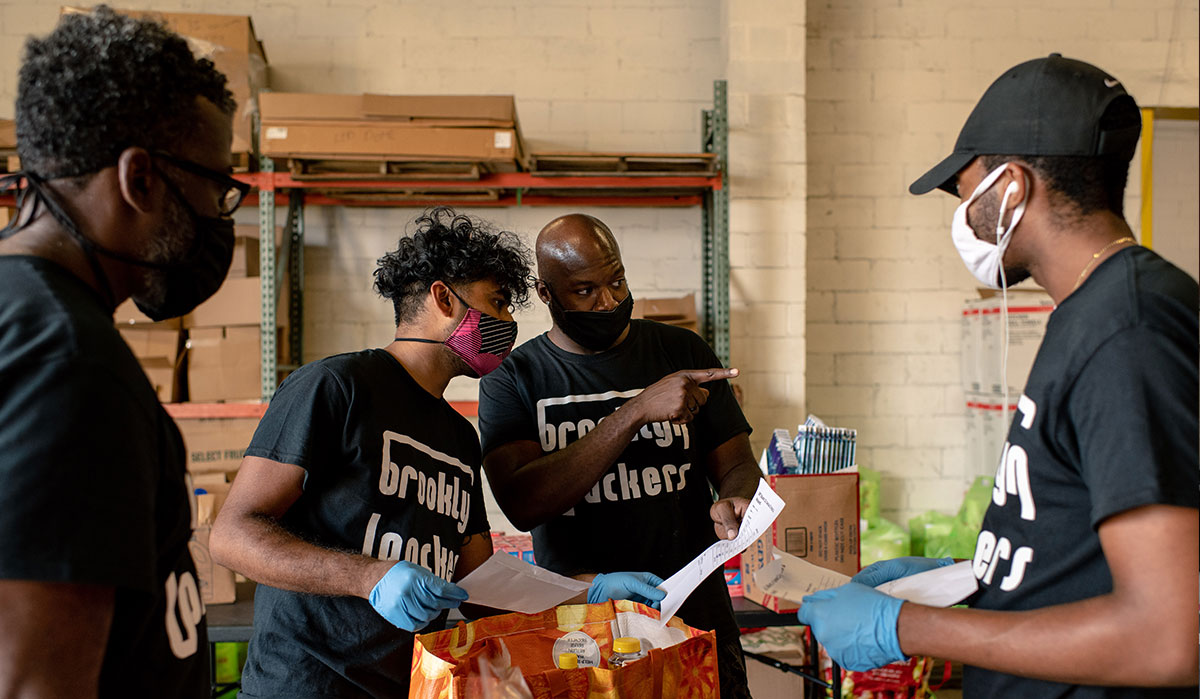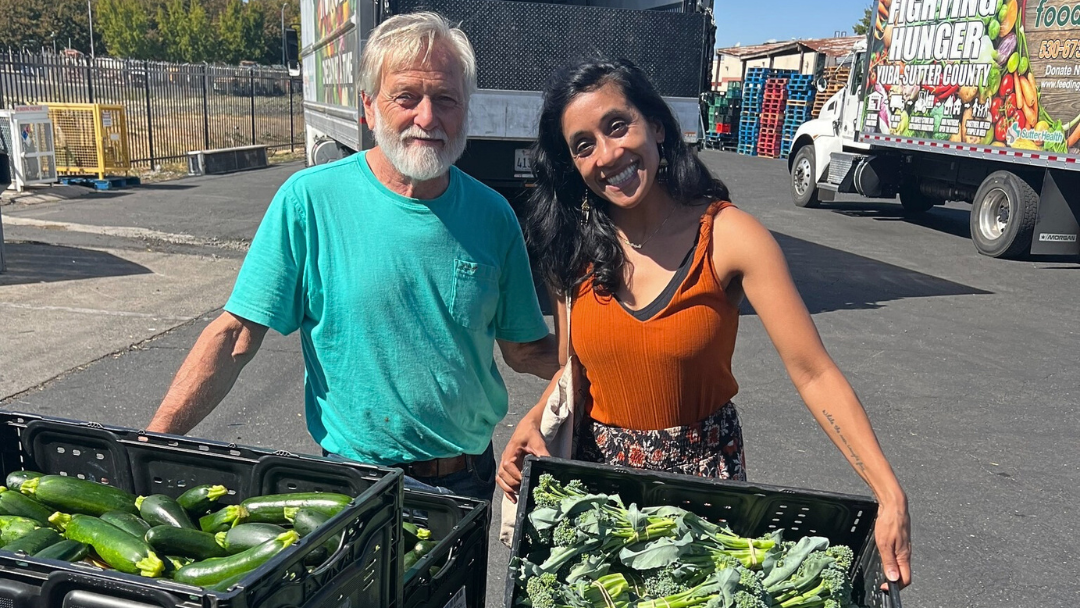EQUITABLE GOOD FOOD PURCHASING is the purchasing of good food from locally or regionally owned, environmentally and economically sustainable farms, ranches, fisheries, and food businesses that prioritize the needs of low-income communities of color and treat workers with dignity. The Growing Justice Fund supports institutional purchasing efforts that advance equitable good food procurement through community-serving institutions.
While community-serving institutions–such as schools, hospitals, and senior centers–spend billions annually on food purchasing, the benefits of these contracts have been largely bypassed by small- and mid-size producers, especially Black, Indigenous, Latinx, Asian, and immigrant producers.
These industries and institutions have historically excluded communities of color from the relationships, infrastructure, policy, and capital needed to access and thrive in institutional markets. As a result, the producers most connected to the cultural and dietary needs of communities are often least represented in the food chains that feed them.
Current federal policy challenges—such as attacks on SNAP and other nutrition assistance programs—further threaten food access for low-income communities while propping up industrial-scale food systems that often externalize harm onto workers, land, and local economies.
This initiative aims to address those disparities by investing in the capacity of historically marginalized food producers to access, compete in, and transform institutional markets ensuring that local, high-quality produce, products, and services from these communities can effectively enter the institutional procurement system. Importantly, it also acknowledges the non-monetized foodways of culturally intact communities, respecting how procurement is viewed not just as a business venture but as a means to restore health, culture, and land-based traditions.
This funding represents a transformative opportunity for our community, enabling us to strengthen the vital connections between students, local farmers, and policymakers. This investment ensures that the Rio Grande Valley continues to lead as a model for sustainable and fair food systems.
-Region One Education Service Center
COMMUNITY-SERVING INSTITUTIONS refer to large organizations that procure substantial volumes of food and related products to serve their communities. These include, but are not limited to, public and private institutions such as schools, universities, hospitals, early childhood education centers, elder care centers, and government agencies (e.g., municipal, county, and Tribal government entities). These institutions serve as anchor markets with significant purchasing power to drive revenue to food and farm businesses and support wealth-building within marginalized communities. Together, community-serving institutions may carry sufficient procurement or purchasing power to shift markets to:


